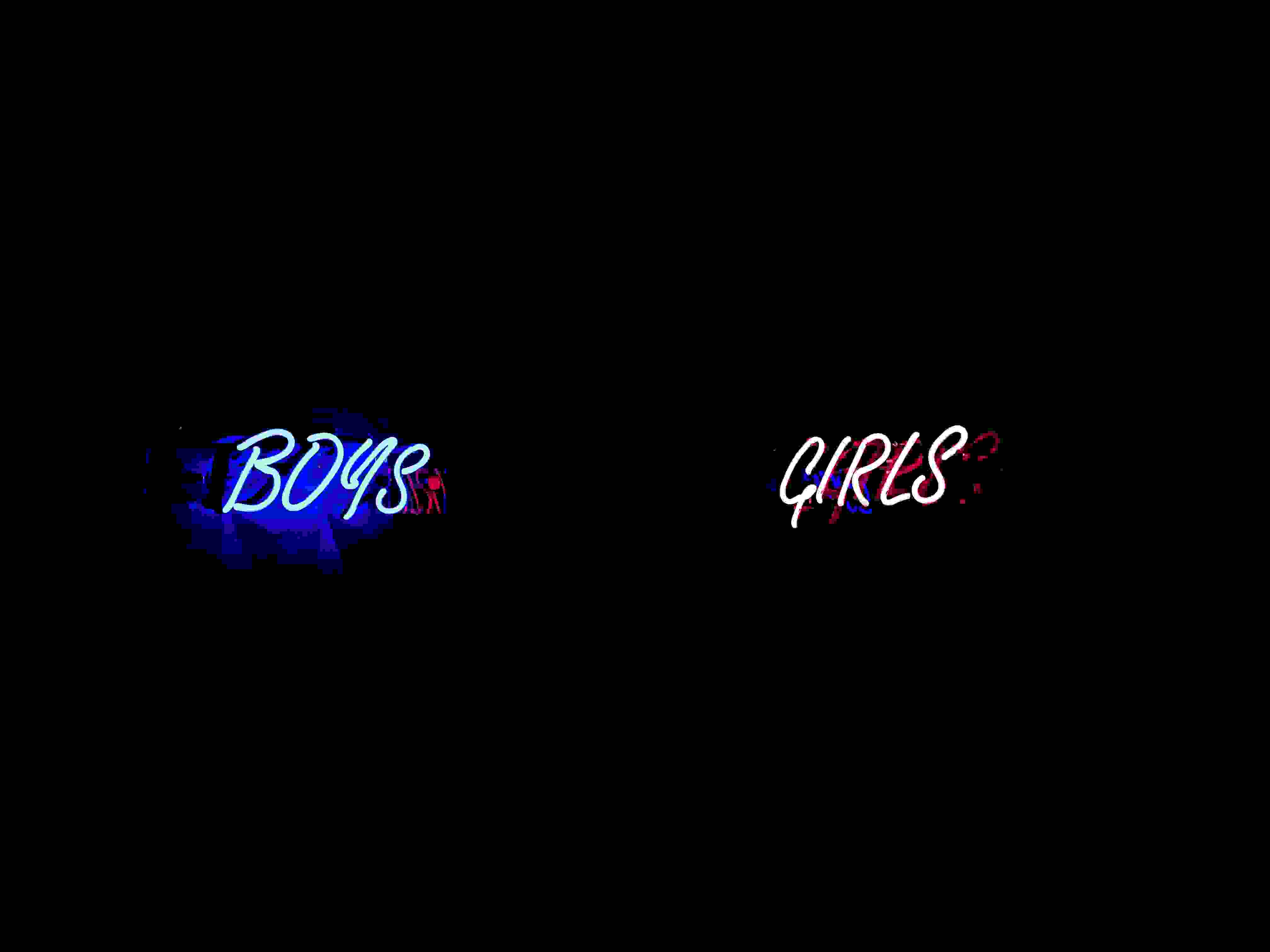

Jun 03, 2021
In December 2020 Vogue featured a cover photo of the musician Harry Styles wearing a dress. The image immediately sparked an internet storm about gender and modern concepts of masculinity and gendered dressing. The photo of Styles represents of a growing exploration of gender-fluidity and non-binary dressing taking place, popular among the very millennial and Gen-Z shoppers Vogue is targeted towards.
Harry Styles is far from the first celebrity to explore their gender and sexuality through the medium of fashion (see the multiple reinventions of Prince and Bowie). But by placing a modern icon on the front cover of one of the world’s biggest fashion magazines, it takes Genderless out of the fringes of fashion and forces us all to think beyond our traditional notions of gender binary.
While concepts of non-binary, gender neutrality and gender fluidity have only fairly recently reached our mainstream, other cultures have accepted non-binary gender identities for centuries. We’re finally starting to catch up. In the past few years we’ve seen a 12-year-old girl sharing her account of life in a post-gender London in a national newspaper. In 2019, the gender-neutral term ‘they’ was Merriam-Webster’s word of the year. The use of binarism in everything from algorithms to archaeological study is being questioned, and its limits exposed.
As mainstream media and society considers the implications of a move beyond a rigid gender binary system, we all need to rethink the way we perceive, and connect with, others. Traditional approaches to audience segmentation are fast becoming outdated – we can no longer assume people’s needs or challenges based on old ideas about demographics. Genderless isn’t just a passing trend in fashion. It’s about respect, inclusion and expression. Ignore it at your peril.

Asad Dhunna, founder and chief exec of The Unmistakables

Callaly is a period care company changing the narrative that connects periods to femininity. They’re on a mission to change the way periods are portrayed in the media, starting with the campaign #TheWholeBloodyTruth featuring Kenny Ethan Jones – the first man to appear in any period campaign. “It’s ok that you might not have heard of the term ‘people who menstruate’ before. But now that you have… take care to be more inclusive in the future… it’s about understanding one another better so we can build a more compassionate, cohesive society.” Kate Huang, CMO of Callaly (Forbes)

Q is the world’s first genderless voice, an alternative to the traditional binary choice of AI assistants. Recorded by people who identify as neither male nor female, it has been adapted to a frequency which sounds un-gendered. Q is the product of a creative collaboration between Copenhagen Pride, Virtue Nordic, Equal AI, Koalition Interactive and thirtysoundsgood, and serves as “an example of what we hope the future holds; a future of ideas, inclusion, positions and diverse representations in technology.”

JP Morgan Chase has removed all gendered terminology from its bylaws, as part of a $30 billion commitment to diversity and inclusion. Substituting binary pronouns such as ‘he’ and ‘she’, the company aims to change corporate language that caters predominately to men, to create a more inclusive workplace, and to make sure all employees feel encouraged to apply for more senior roles.

Folx is a healthcare provider for queer and trans people, aiming to bring them the safety, understanding and comfort they lack in the current, gender-binary healthcare system. Offering everything from testosterone to STI tests, its online model allows trans and non-binary people to access hormone replacement therapy from home. Being able to video chat with a healthcare provider gives patients greater control of the physical and emotional interaction.

Big fashion brands are also moving beyond gender binary. Gucci and Stella McCartney have introduced gender-neutral clothing lines, while Adidas has opened a gender neutral store displaying products by sport or collection, regardless of gender. In their efforts to evolve outside of traditional gender limitations, these fashion brands are working to connect with a younger audience that’s busy redefining what’s real, legitimate and true on their own terms.
Right now, there are seismic cultural changes happening around the way we approach gender. It’s time to refresh the way you think about your audience, and not only the younger generations. Where does your current segmentation use limiting approaches to gender, demographic, interests, lifestyle and behaviour? What have you assumed about your supporters and donors based on their gender or their age?
In 2019 Cancer Research UK revamped Race for Life, inviting men to take part for the first time in its 26 year history. Consider the opportunity that created, unlocking an entirely new audience who had previously been excluded from participation. Whilst Race might be an extreme example, the rise of Genderless is a perfect opportunity to reconsider and reassess gender biases in your existing product portfolio and think about who you might unconsciously (or consciously) be excluding through your use of language or even colour.
Rather than trying to predict the perspectives and experiences of your supporters and beneficiaries, get a deeper insight by talking directly to them. You might be surprised by what you hear. For example, meet the Iron Nun. Taking it a step further, could you lead the way in the sector by publicly engaging supporters in a dialogue about gender? Whilst the thought of a public dialogue probably fills you with terror at the thought of the Facebook and Daily Mail comment feeds, consider the brand opportunity to lead the way in inclusion and education.
If you haven’t already, it’s time to educate yourself on the challenges faced by those whose identities sit outside of the traditional gender roles. What do you need to change so that all staff and volunteers feel safe and included at work? Follow Deborah Frances-White, who changed from “Hello ladies and gentlemen” at the start of gigs, to saying “hello everybody. Sometimes the smallest changes can make a big difference.